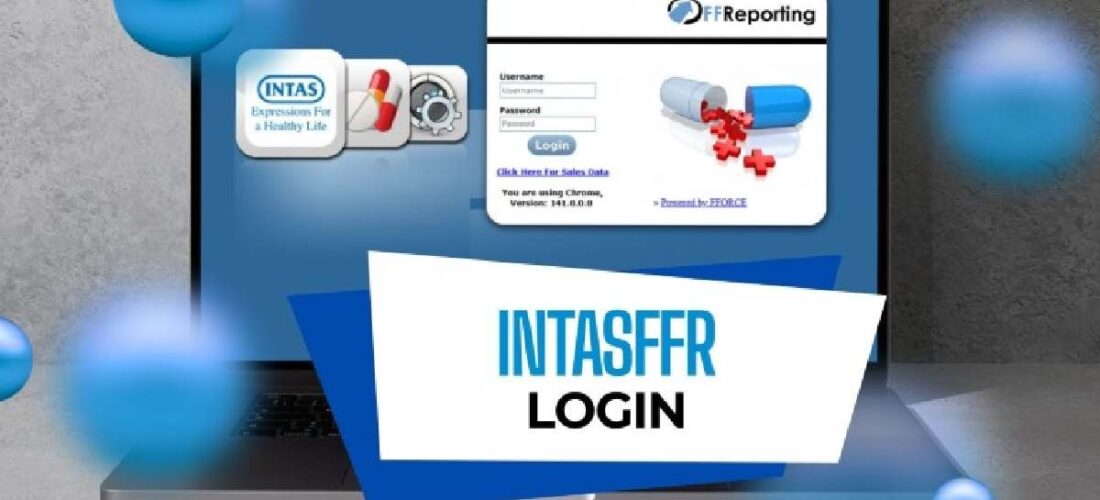If you’ve been digging around cardiac diagnostics lately, you’ve probably stumbled across the term Intas FFR. It’s one of those medical innovations that’s quietly changing how doctors assess coronary artery disease, and honestly, it deserves more attention than it gets.
Fractional Flow Reserve (FFR) technology helps cardiologists figure out whether a blocked artery actually needs intervention or if it’s fine to leave alone. Intas Pharmaceuticals jumped into this space with their FFR system, offering a more accessible option for hospitals and cardiac centers looking to improve patient outcomes without breaking the bank.
What Exactly Is FFR Technology?
Before we get into the Intas-specific stuff, let’s break down what FFR actually does.
Your heart needs blood flow. When arteries get narrowed by plaque buildup, it’s not always clear if that blockage is causing real problems. An angiogram shows you where blockages exist, but it doesn’t tell you if they’re functionally significant.
That’s where FFR comes in. It measures pressure differences across a coronary stenosis during maximum blood flow. The result is a ratio that tells doctors whether that narrowing is actually restricting blood flow enough to cause issues.
The magic number is 0.80. Anything below that typically means the blockage needs treatment—usually a stent. Above 0.80? Medical management might be enough.
How Intas FFR Fits Into the Picture
Intas Pharmaceuticals, primarily known for their pharmaceutical products, expanded into medical devices with their FFR system. Their approach focuses on making this diagnostic tool more accessible to a broader range of healthcare facilities.
The system works similarly to other FFR technologies on the market. A pressure wire gets threaded through the coronary artery, and measurements are taken while the patient receives adenosine (a medication that maximizes blood flow). The difference is in the pricing, ease of use, and availability—especially in markets where premium imported systems might be out of reach.
Key Features Worth Noting
Accuracy: Clinical studies have shown comparable accuracy to established FFR systems, with measurements aligning closely with gold-standard assessments.
Cost-effectiveness: One of the biggest selling points—hospitals can offer FFR-guided interventions without the hefty price tag of some international brands.
User interface: Designed with simplicity in mind, reducing the learning curve for catheterization lab teams.
Availability: Better distribution networks in certain regions, particularly in Asia and emerging markets.
Why Cardiologists Care About FFR Measurements
Here’s the thing—not every blockage needs a stent. Studies have repeatedly shown that treating lesions based solely on how they look (angiographic appearance) can lead to unnecessary procedures.
FFR changed the game by introducing functional assessment. Instead of guessing, doctors get objective data. This approach has been validated in multiple clinical trials, showing better outcomes and fewer unnecessary interventions.
For patients, this means:
- Avoiding stents when they’re not needed
- Getting treatment when it actually matters
- Reduced procedure times in many cases
- Better long-term cardiac outcomes
The technology has become standard practice in many advanced cardiac centers, and systems like Intas FFR are making it possible for more facilities to adopt this standard.
The Procedure: What Actually Happens
If your cardiologist recommends FFR assessment, here’s what typically goes down:
You’re already in the cath lab, having an angiogram. If a blockage looks borderline, the doctor threads a special pressure wire through that artery. It’s slightly thicker than a regular guidewire but still incredibly thin.
Once positioned, adenosine gets administered—usually through an IV or directly into the coronary artery. This causes temporary maximum blood flow (you might feel flushed or short of breath for about 30 seconds, but it passes quickly).
During this hyperemic state, the system measures pressure before and after the narrowing. The ratio pops up on the screen, and decisions get made right there based on that number.
The entire measurement process adds maybe 5-10 minutes to your procedure.
Comparing Options in the FFR Market
Intas isn’t the only player here. Abbott’s PressureWire, Philips’ Volcano system, and others have been around longer. So what makes Intas FFR worth considering?
Price point: Significantly lower capital investment and per-procedure costs make it attractive for budget-conscious hospitals.
Support infrastructure: Particularly strong in certain geographic regions where international brands might have limited support.
Integration capabilities: Works with most standard cath lab setups without requiring complete system overhauls.
The trade-off? Brand recognition and the extensive clinical data that comes with more established systems. However, early adoption data suggests Intas FFR performs reliably in real-world settings.
Real-World Impact on Patient Care
The availability of affordable FFR technology matters more than you might think. In healthcare systems where resources are limited, having access to functional assessment tools can mean the difference between evidence-based decisions and educated guesses.
Hospitals that implement FFR guidance consistently report:
- Reduction in unnecessary stent placements
- Improved resource allocation
- Better patient satisfaction scores
- Decreased rates of repeat procedures
When more facilities can afford these diagnostic tools, more patients benefit from precision cardiology rather than one-size-fits-all approaches.
Frequently Asked Questions
Is Intas FFR as accurate as more expensive systems?
Clinical validation studies show comparable accuracy to established FFR systems, with measurements falling within acceptable margins for clinical decision-making.
Does insurance cover FFR-guided procedures?
Most insurance plans, including Medicare, cover FFR measurements when medically necessary. Check with your specific provider for details.
Are there risks to FFR measurement?
The risks are minimal and similar to standard angiography. The adenosine may cause temporary discomfort, but serious complications are rare.
How long does FFR add to a cardiac catheterization?
Typically 5-10 minutes per vessel assessed, which is a small addition to the overall procedure time.
Can FFR prevent unnecessary stents?
Absolutely. Studies show FFR guidance reduces inappropriate stenting by helping identify which blockages truly need intervention.
The Bottom Line on Intas FFR
At the end of the day, Intas FFR represents an important step toward democratizing advanced cardiac diagnostics. While it might not have the decades of data behind some competitors, it offers a legitimate pathway for more hospitals to adopt physiology-guided coronary interventions—and that benefits everyone involved in cardiac care.


